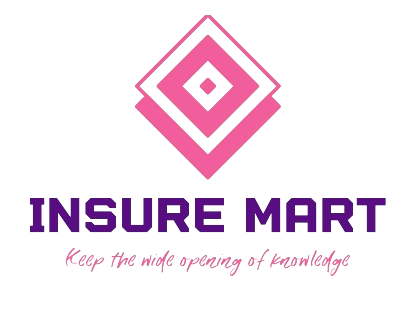The art of animation has undergone a remarkable transformation over the years, with one integral aspect standing out as a cornerstone of its success – voice acting. From the early days of silent cartoons to the technologically advanced animated films of today, the evolution of animation voice acting has been nothing short of extraordinary. In the early 20th century, animation was characterized by whimsical characters and visual gags, with minimal or no dialogue. As technology advanced and animation studios embraced synchronized sound, voice acting became a vital component to breathe life into these characters. The golden age of animation, marked by the iconic works of Walt Disney, saw the emergence of memorable voices that would forever be etched in the minds of audiences. Characters like Mickey Mouse and Donald Duck were brought to life by the vocal talents of Walt Disney himself, showcasing a unique connection between the animator and the character. The voice acting landscape evolved further with the advent of full-length animated features, and actors like Mel Blanc became legends for their ability to voice multiple characters with distinct personalities.
The late 20th century witnessed a paradigm shift in animation, marked by the rise of studios like Pixar and DreamWorks. This era brought a new breed of voice actors who seamlessly blended their performances with cutting-edge animation technology. Tom Hanks’ portrayal of Woody in Toy Story and Robin Williams’ iconic Genie in Aladdin demonstrated the emotional depth and comedic brilliance that voice actors could bring to animated characters. These performances not only entertained children but also resonated with adult audiences, elevating animation to a form of storytelling that transcended age barriers. This trend, while controversial for some purists, brought a new level of star power to animated films and view site https://rebeccaleespeaks.com/animation/. Actors like Ellen DeGeneres in Finding Nemo and Dwayne Johnson in Moana showcased that animation voice acting was not just about creating voices but imbuing characters with authentic emotions and relatable traits.
Moreover, advancements in technology allowed for more nuanced performances, as actors could now capture their facial expressions and gestures to enhance their animated counterparts. This brought a new layer of authenticity to the characters, making them more relatable and emotionally resonant for audiences. The voice acting landscape had evolved into a sophisticated blend of artistry, technology, and star power. In conclusion, the evolution of animation voice acting mirrors the broader advancements in animation itself. From the early days of silent cartoons to the present era of hyper-realistic computer-generated imagery, voice acting has played a pivotal role in shaping the animated landscape. The pitch-perfect performances of voice actors, both classic and contemporary, have not only entertained but have also elevated animated storytelling to new heights, proving that the voice behind the character is as integral to the magic of animation as the visuals themselves.
